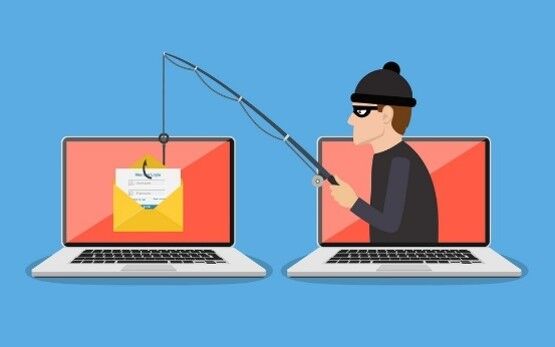What is Phishing and Spoofing and how can you protect yourself?
What is Phishing and Spoofing and how can you protect yourself?
As an IT service and support company based in Orange County, Skyward Technical Solutions is committed to helping end-users protect themselves against cyber threats. One of the most common types of cyberattacks is phishing and spoofing. In this blog post, we will explain what phishing and spoofing are and provide some tips on how to identify and prevent them.
Phishing
Phishing is a type of cyberattack where an attacker sends a fraudulent message to an individual in an attempt to trick them into revealing sensitive information, such as login credentials, financial information, or personal data. These messages can be in the form of emails, text messages, or phone calls.
Phishing emails often appear to come from a trusted source, such as a bank, social media platform, or online retailer. The message may contain a link to a fake login page or a file attachment that contains malware. Once the user enters their information or downloads the file, the attacker can use this information for their own malicious purposes.
Spoofing
Spoofing is a type of cyberattack where an attacker disguises themselves as a trusted source in order to gain access to sensitive information or networks. This can be done through email spoofing, where the attacker sends an email that appears to come from a legitimate source, or through IP spoofing, where the attacker disguises their IP address to gain access to a network.
How to identify and prevent phishing and spoofing
- Be suspicious of unsolicited messages: If you receive an email or text message from a source you don’t recognize, be wary. Don’t click on any links or download any attachments without verifying the source.
- Check the sender’s email address: Phishing emails often use email addresses that are similar to legitimate sources, but with slight variations. Check the email address carefully to make sure it is legitimate.
- Look for typos and grammatical errors: Phishing emails often contain typos and grammatical errors. Legitimate emails from reputable sources are usually well-written and free of errors.
- Use two-factor authentication: Two-factor authentication adds an extra layer of security to your accounts by requiring a second form of authentication, such as a code sent to your phone or a biometric scan.
- Keep your software up-to-date: Software updates often include security patches that can help protect against phishing and spoofing attacks.
At Skyward Technical Solutions, we are committed to helping end-users stay safe from cyber threats. If you suspect that you have been the victim of a phishing or spoofing attack, contact us immediately so we can help you take the necessary steps to protect your information and networks.

Leave a Reply